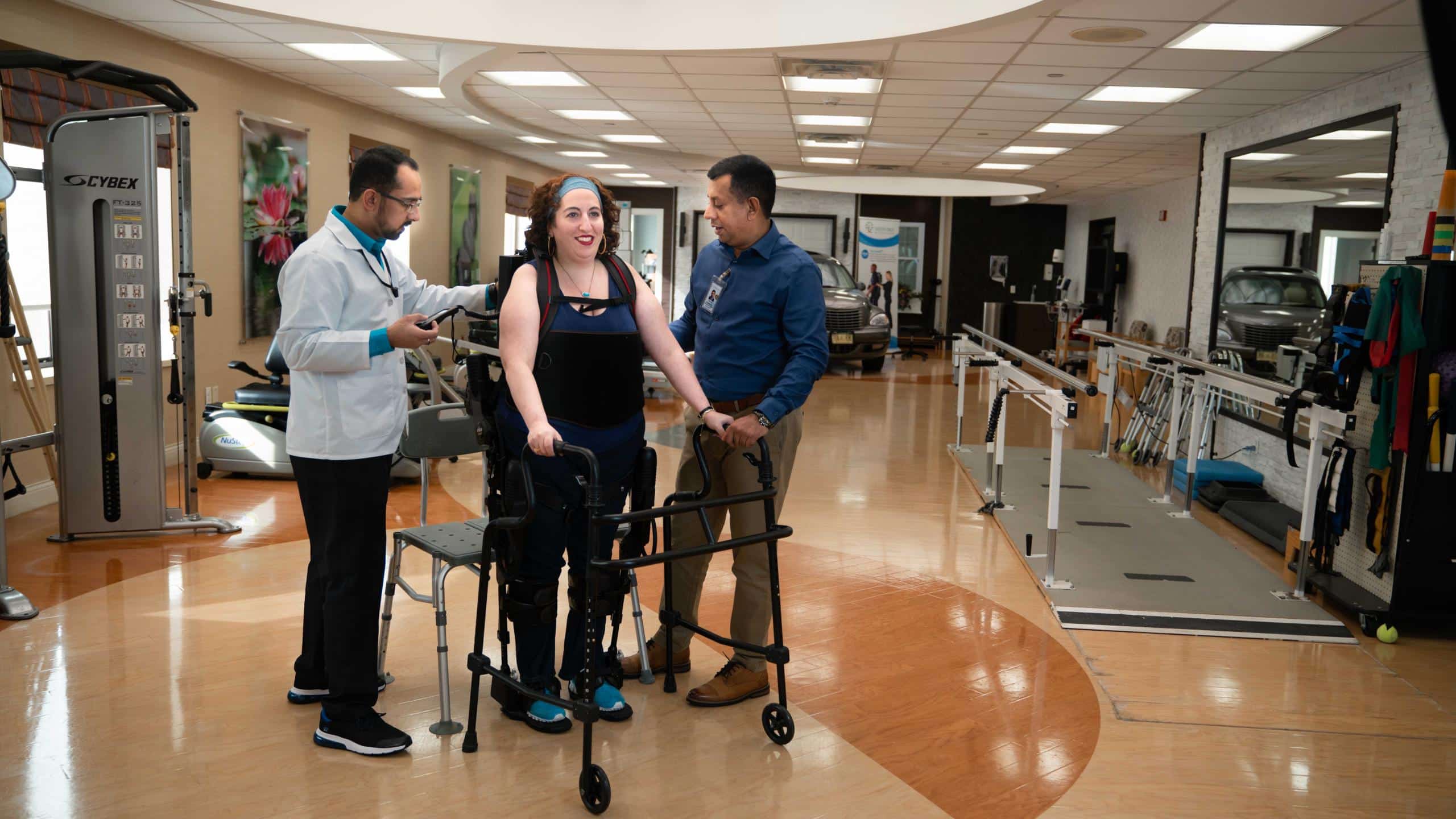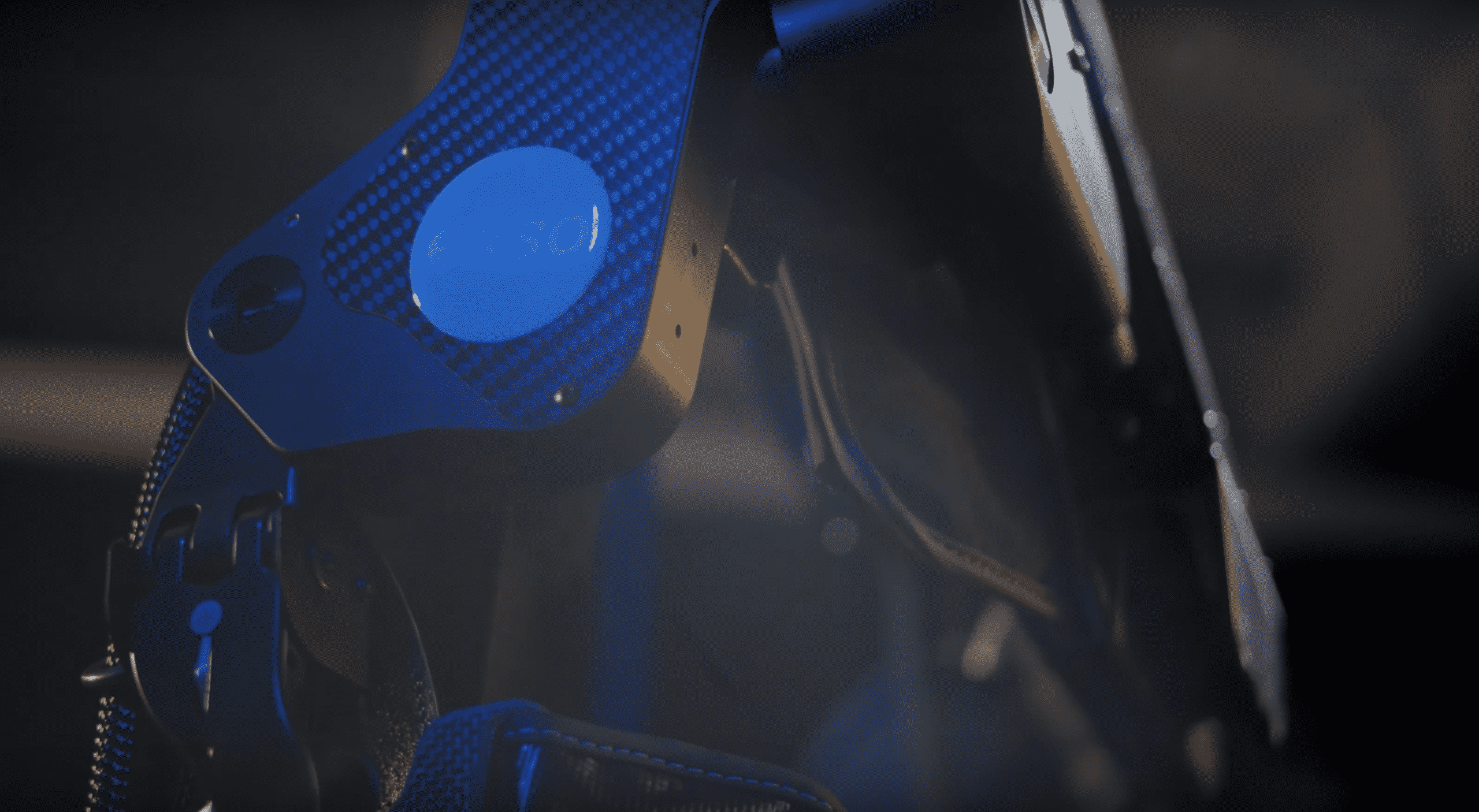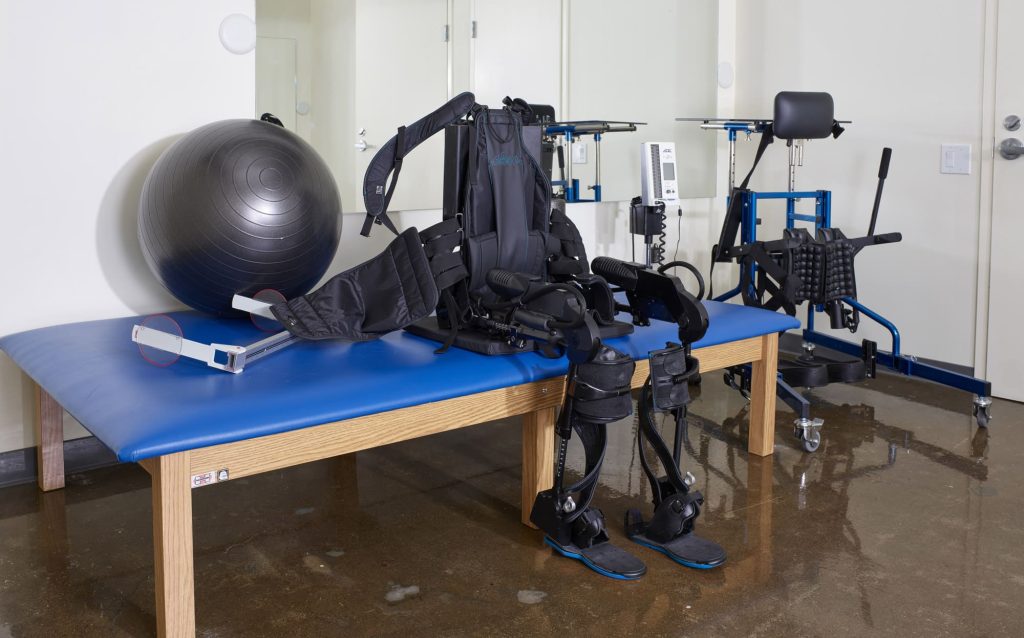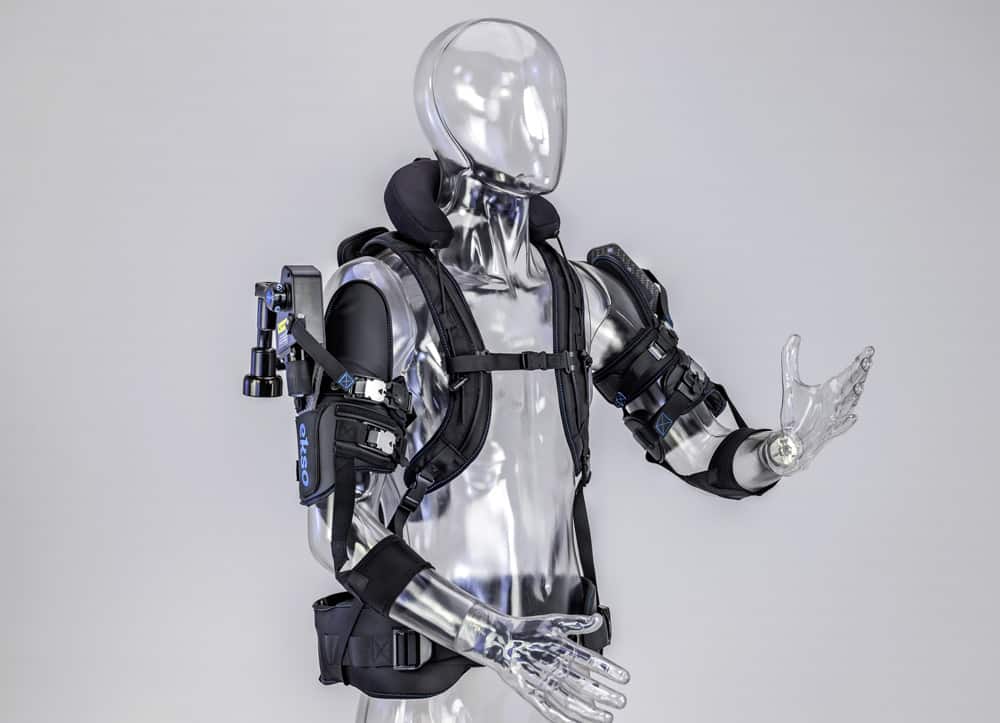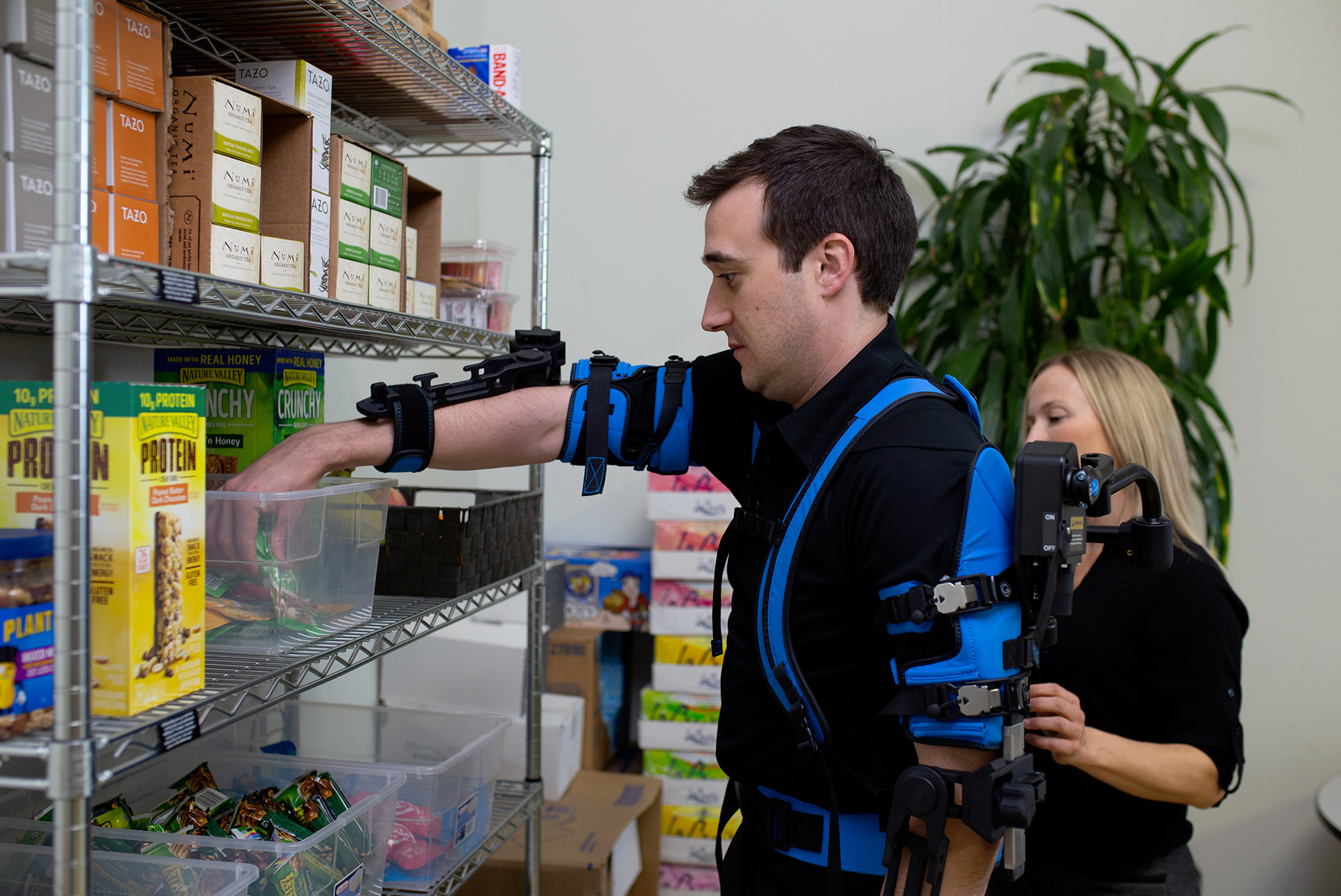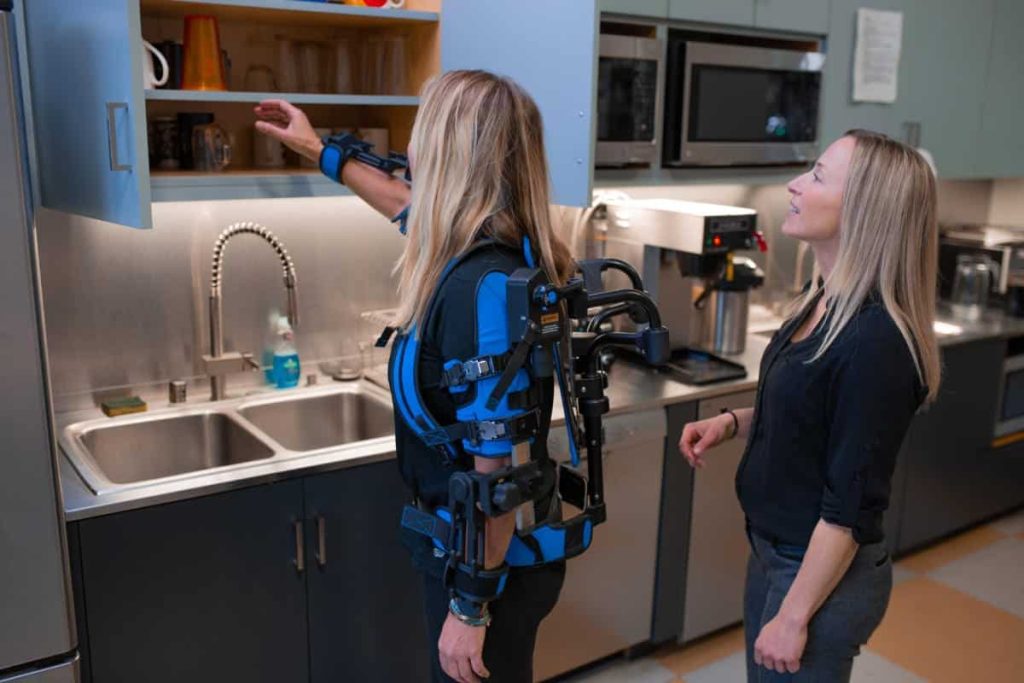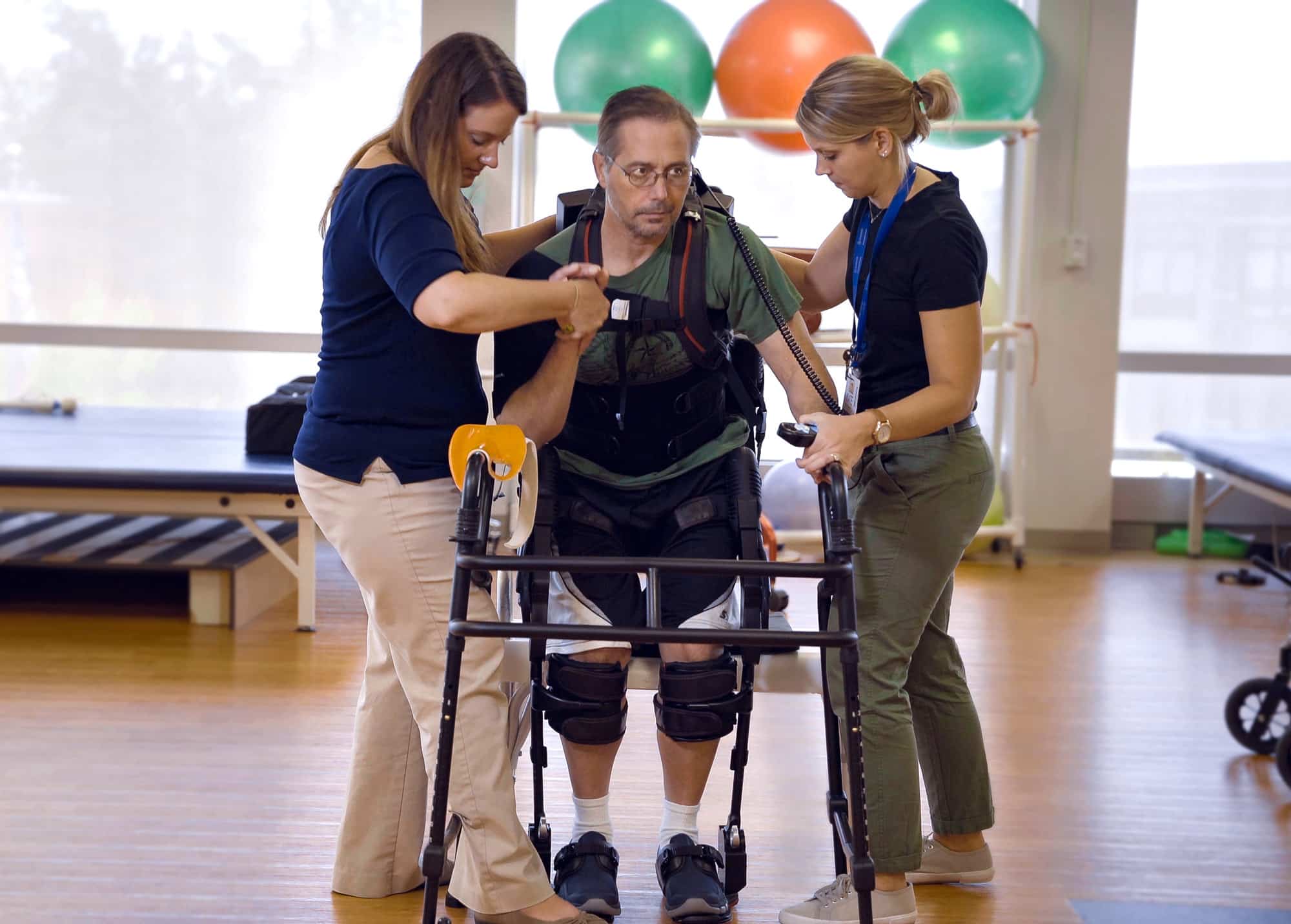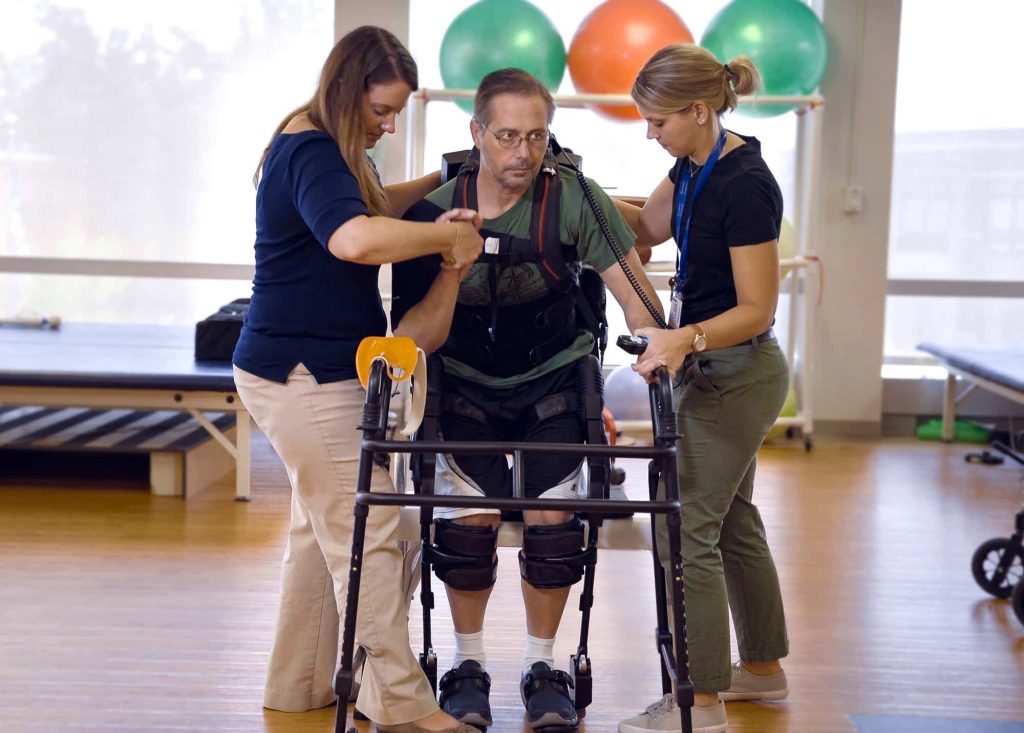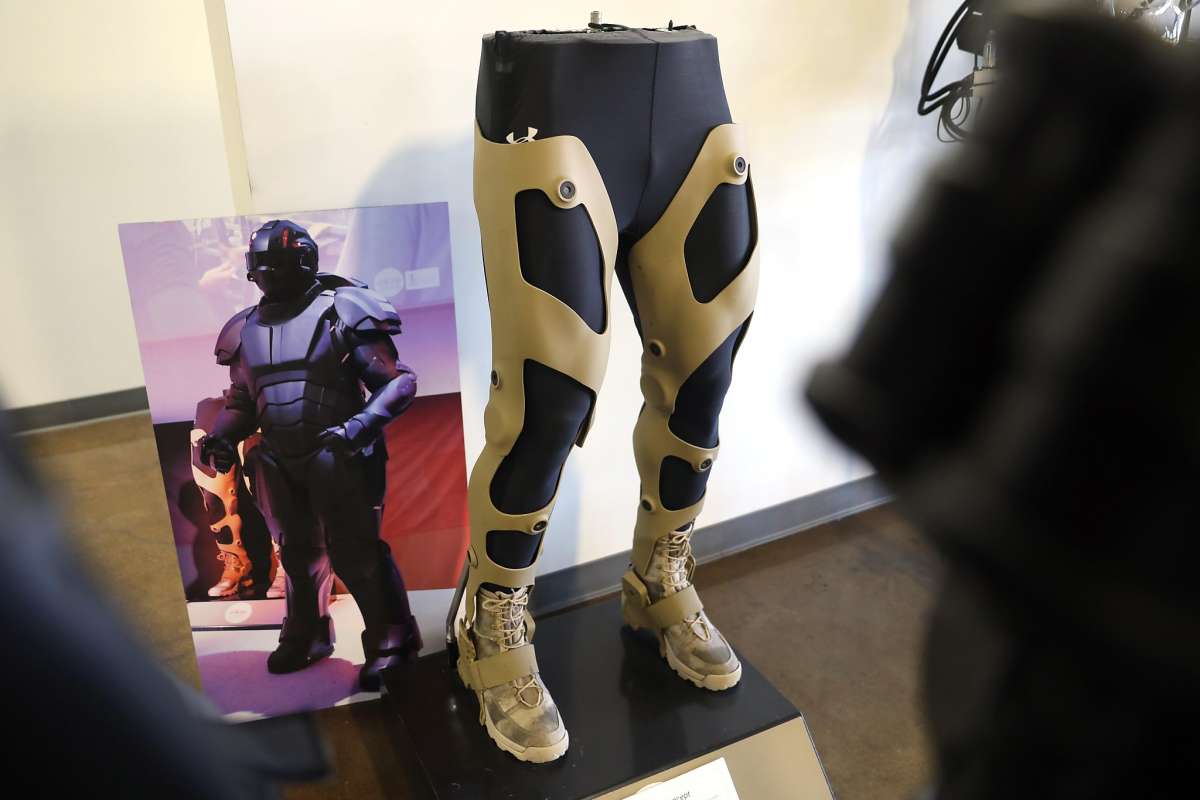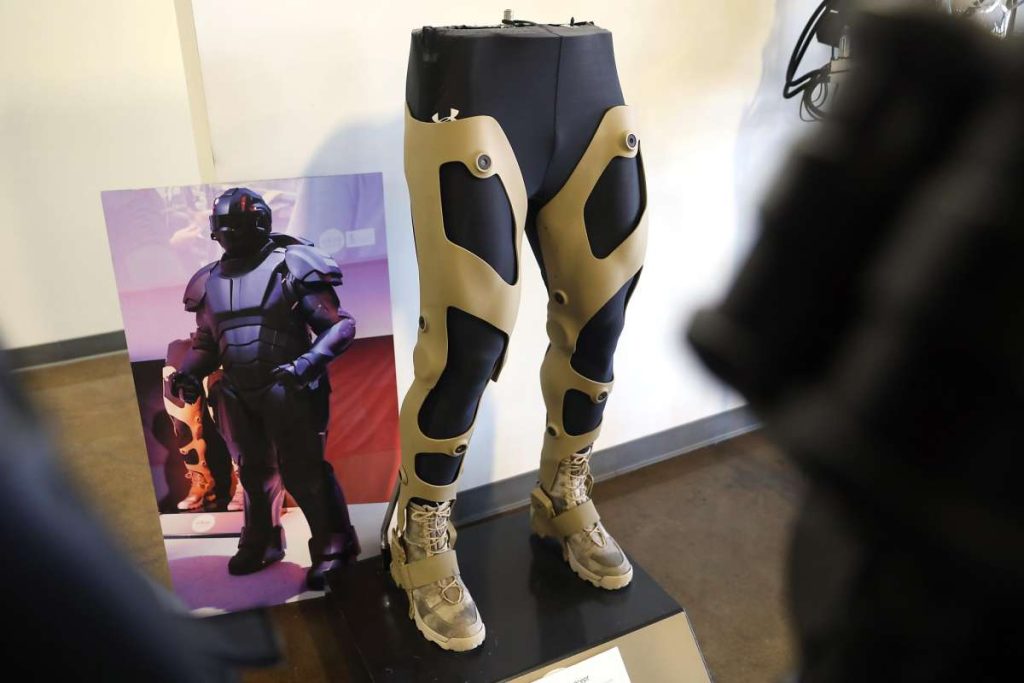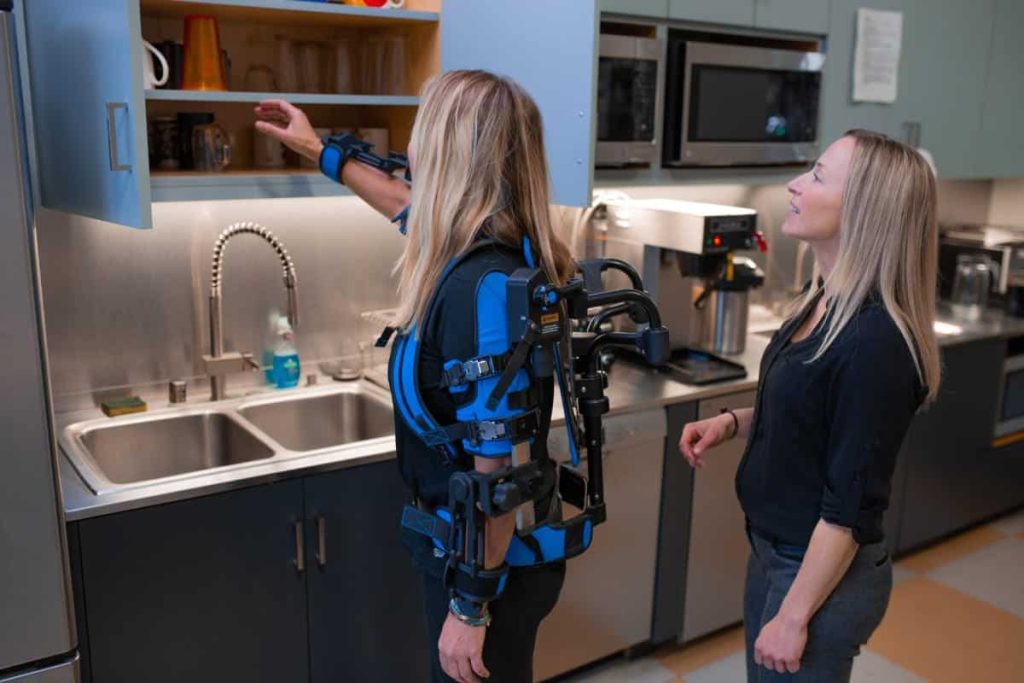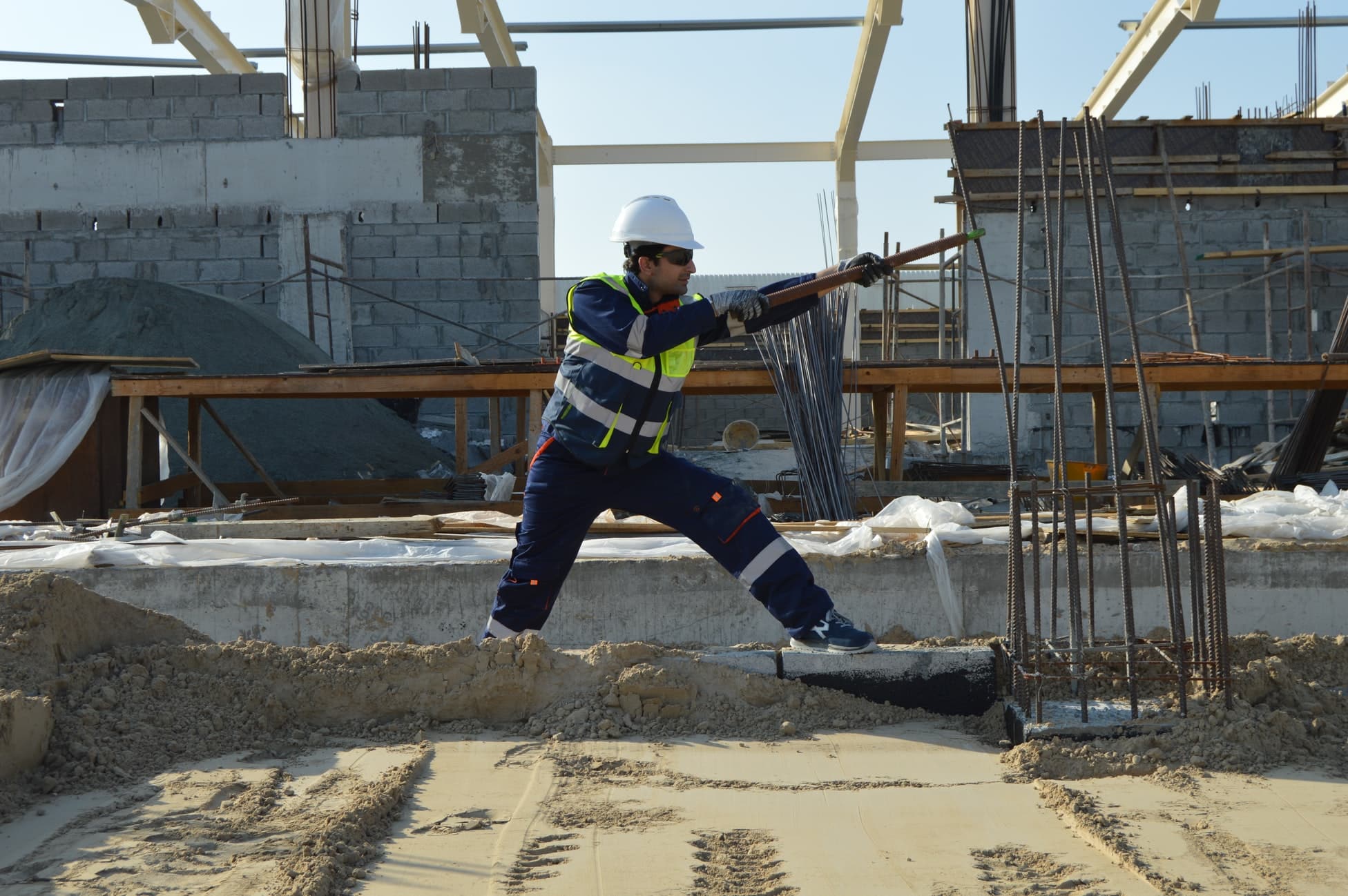The spinal cord is, quite literally, the central way in which the human body works. It is a key piece of the human puzzle, connecting the brain to the rest of the body via a massive network of nerves. The spinal cord can be damaged by multiple mechanisms including traumatic gunshot wounds, motor vehicle accidents, and falls, among others. When the spinal cord’s connection to the brain is interrupted due to a blood clot, that’s called a spinal cord stroke. A tumor or disease can also house itself in the spinal cord causing injury. All of these are serious. Spinal cord injuries, like those discussed above, can result in serious conditions for patients, such as paraplegia or other forms of paralysis. Patients with spinal cord injuries who experience paraplegia will have reduced limb function in their lower limbs. The terms tetraplegia and quadriplegia refer to someone who has paralysis in both their upper and lower limbs. This may mean that these individuals may need to use a wheelchair or other aids to get around, pick things up, or carry out other limb functions.
With that being said, a spinal cord injury that results in paraplegia or quadriplegia isn’t the end of the road—not by a long shot. First, with an increasing awareness of ableism in society, options are being opened up to people who use wheelchairs every day. Activists fighting for people with spinal cord injuries are making waves when it comes to awareness and legislation, and it’s easier than ever to avoid discrimination in the workplace and other places.
Alongside these societal advances, there are also innovations in medical treatment and physical therapy geared towards those with paraplegia or quadriplegia. Read on to learn about these advances and how they can aid in treating a serious spinal cord injury.

Lower Limb Exoskeleton
Let’s talk about exoskeletons. Ekso Bionics has pioneered a “wearable robot” in the form of an exoskeleton that someone with a spinal cord injury can wear over their torso and lower limbs. This exoskeleton is worn like a backpack that extends onto their legs and is paired with sensors throughout the device and within the footplates that the patient stands on. These sensors help Ekso to know whether a leg is meant to be stood on or swinging in the current moment and creates a reciprocal walking motion that the patient contributes to in amounts depending on their level of injury. This helps the wearer regain muscle activity and, therefore, use of their lower limbs.
The impact of this on people with disabilities trying to regain muscle activity in their hips, thighs, and lower legs is incredible. A recent clinical trial, published in Frontiers in Robotics and AI, found that between 62 and 72 percent of wearers who used the exoskeleton robot system while practicing physical therapy exercises could achieve their walking goals within just 12 sessions. After 36 sessions, the number spiked—between 80-84 percent of participants with disabilities achieved their walking goals. Consider how optimistic a patient with a spinal cord injury must feel when they regain muscle activity in limbs they never thought they could use again. Exoskeleton robots can help improve standing positions, gait, correct weight shift, and help people with paraplegia learn to use their knee joints, ankle joints, and core strength together to walk again.
Upper Limb Exoskeleton
Exoskeletons are also relevant for the treatment of those who have quadriplegia or upper extremity weakness or paralysis. In this case, the exoskeleton is worn over the arms, with a joint at the elbow and shoulder, and the wearer can practice activities of daily living and build up their endurance. One risk factor for strengthening muscle activity and rebuilding someone’s endurance is that the patient may be compensating for their impairment with another muscle group, thus increasing risk for an overuse injury. This is a risk factor for any paralysis or lowered muscle function, whether in the legs, arms, or other muscle groups.
This is also why an exoskeleton paired with smart software is such a great innovation when it comes to assistive devices. A cane or crutches, for example, can’t tell clinicians when their patient is putting too much pressure on one side of the body due to fatigue, and, likewise, clinicians can’t know if the elbow is being overused during everyday activities in real-time. The exoskeleton system provides precisely that information to clinicians. Arm injuries can be just as complex as lower limb injuries, but the exoskeleton technology is up to the challenge. Being lightweight and allowing clinicians to alter the joint angle according to the needs of a specific exercise allows patients to work on the full range of motion they’re looking to improve.
Paraplegia and quadriplegia are not outliers in the population of the United States. In fact, approximately 5.4 million people in the U.S. live with some form of paralysis. With such a high number of Americans living with the effects of paralysis, it’s good to know that innovative rehabilitation devices are on the rise.
Contact Ekso Bionics
Exoskeletons and robots may sound as though they belong in a sci-fi film, but they don’t. Exoskeletons belong right here, among the millions of people experiencing the effects of neurological and physical injuries leading to weakness and paralysis. To learn more about the newest exosuit technology and how they can help your application, reach out to the Ekso Bionics team today.
